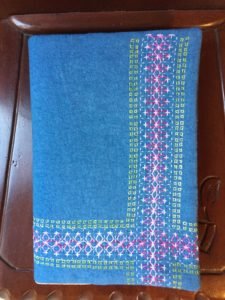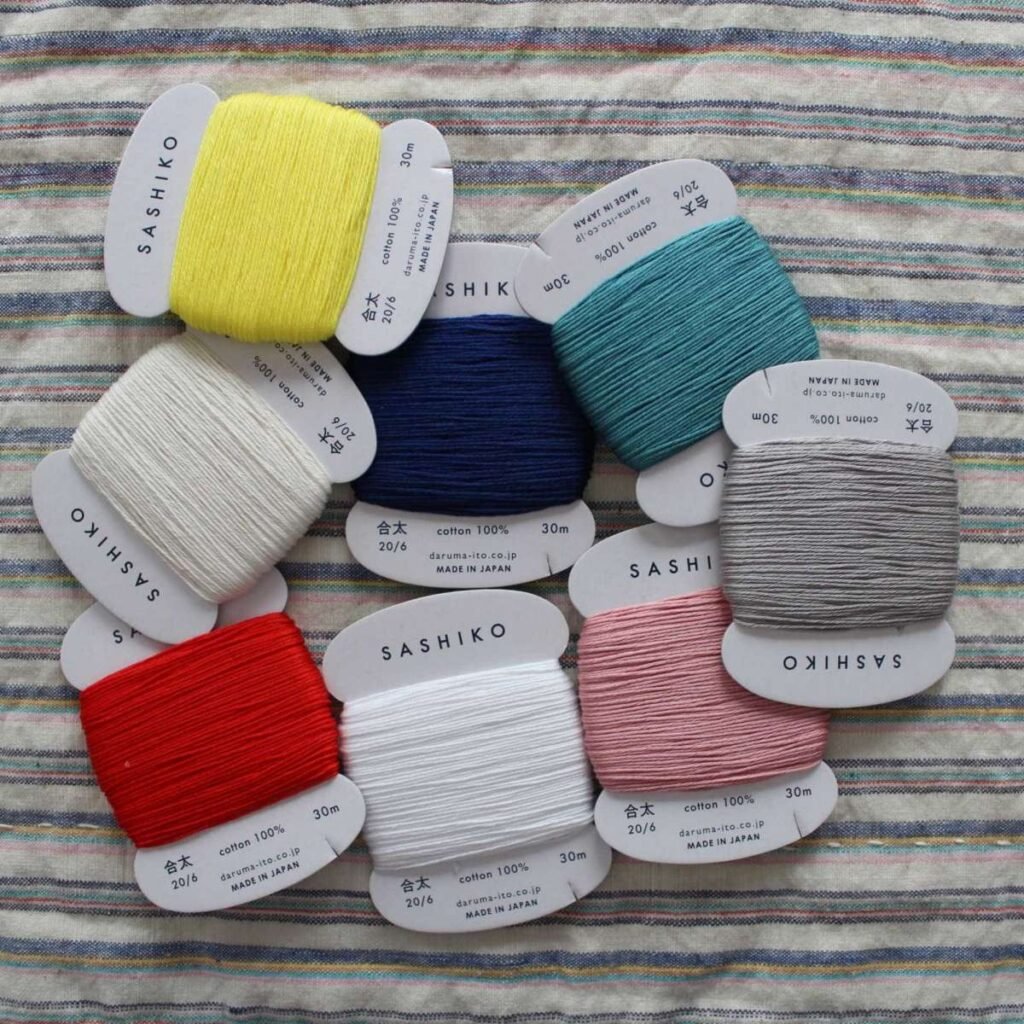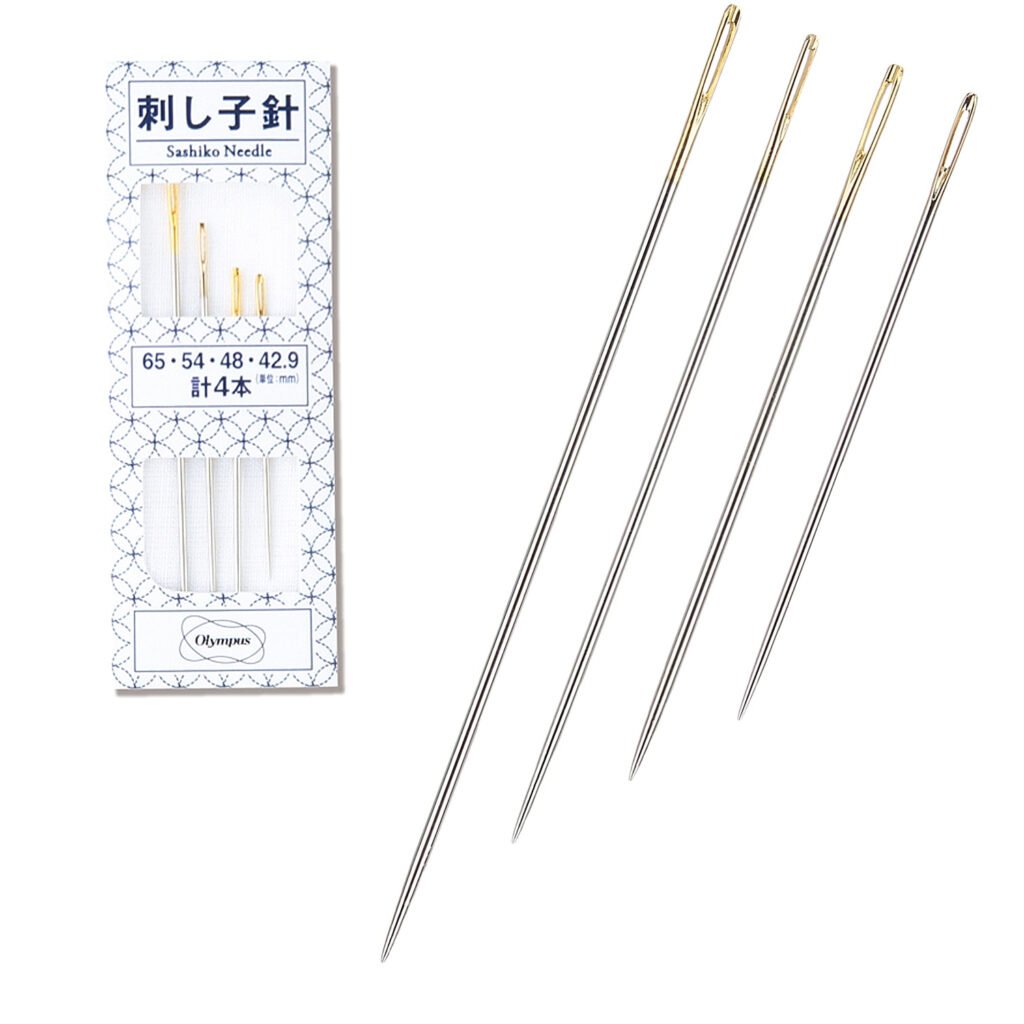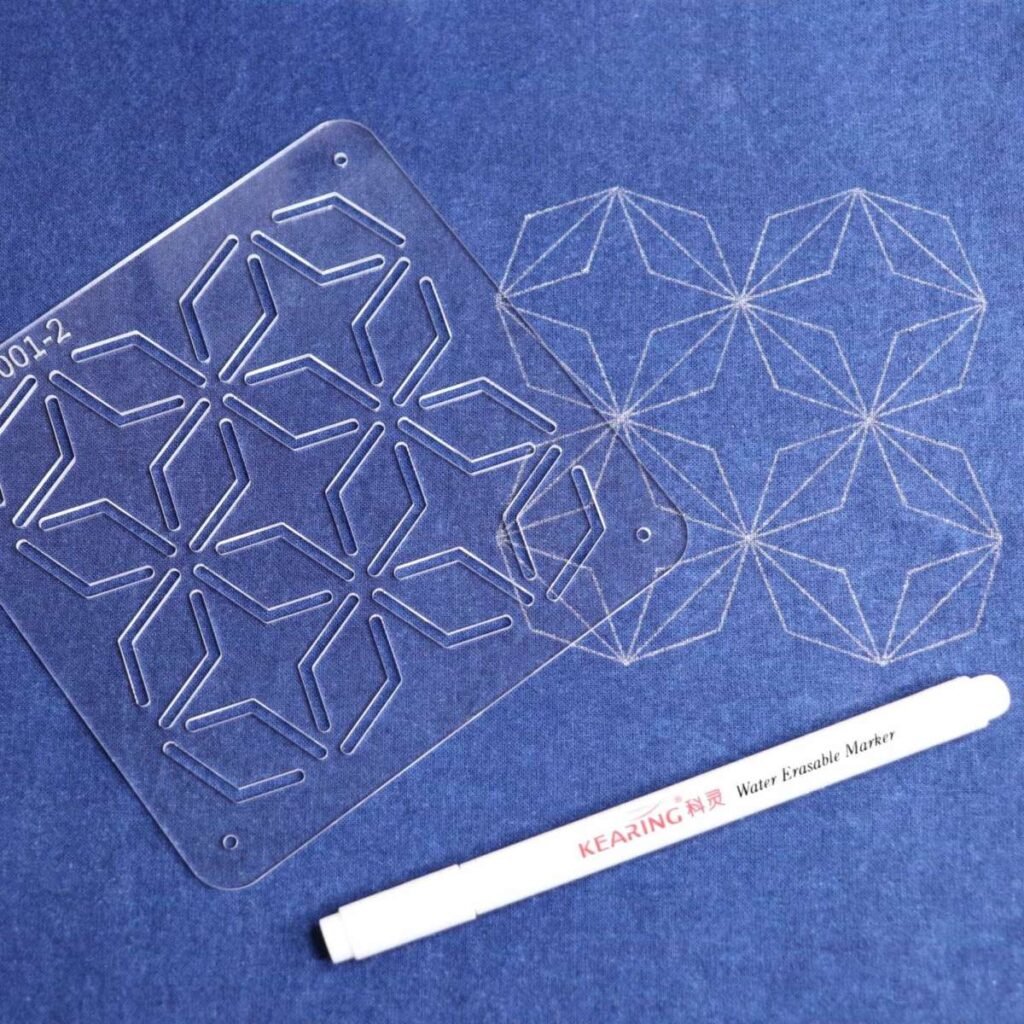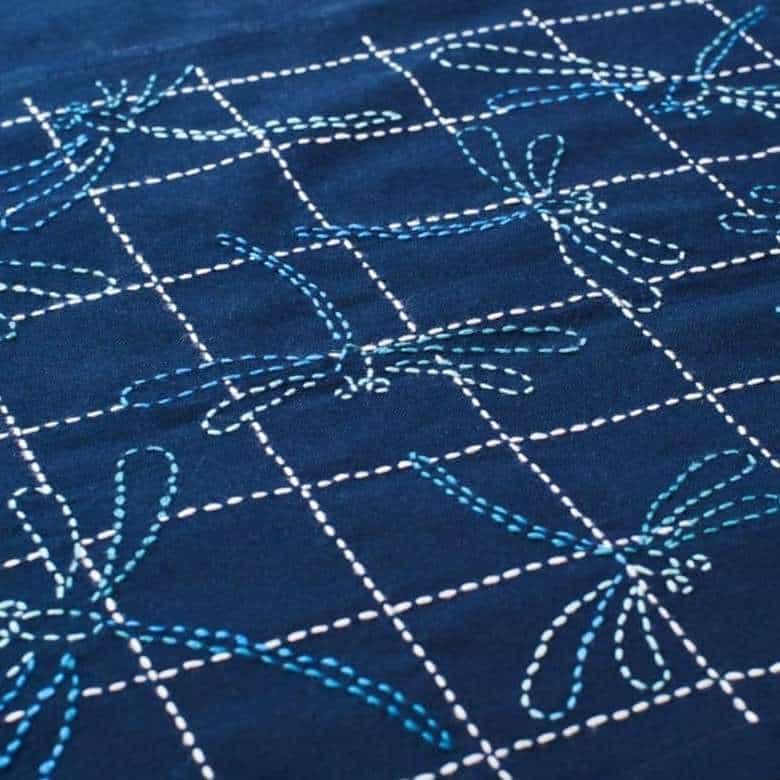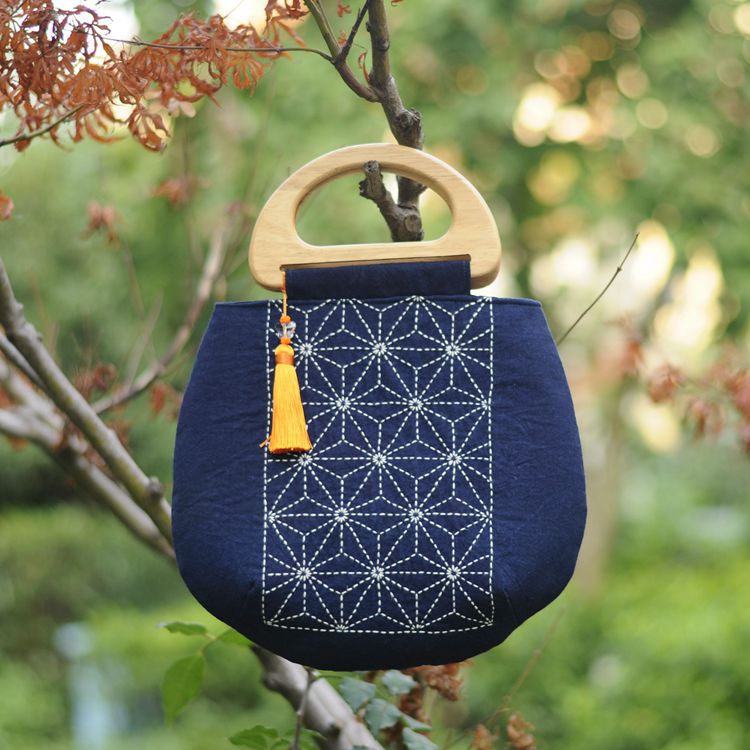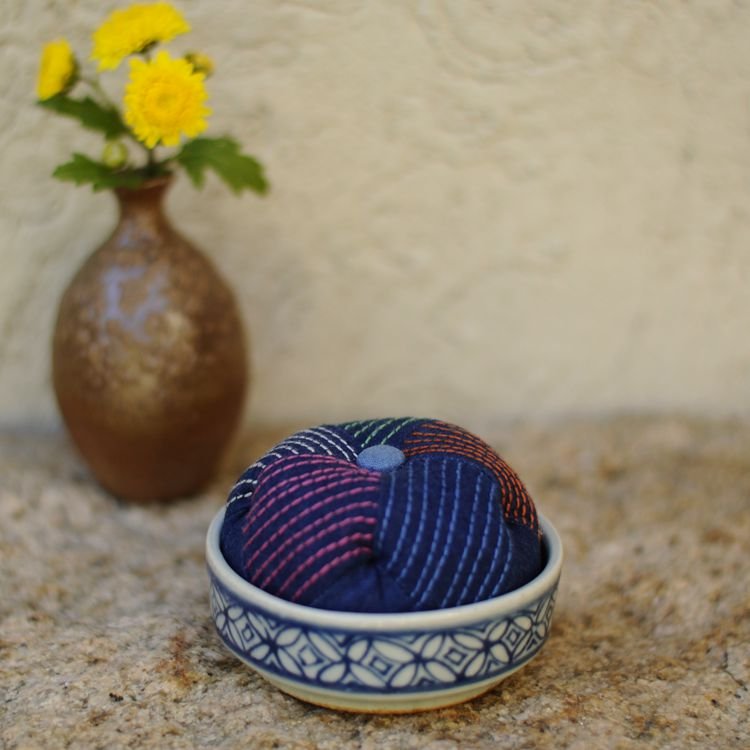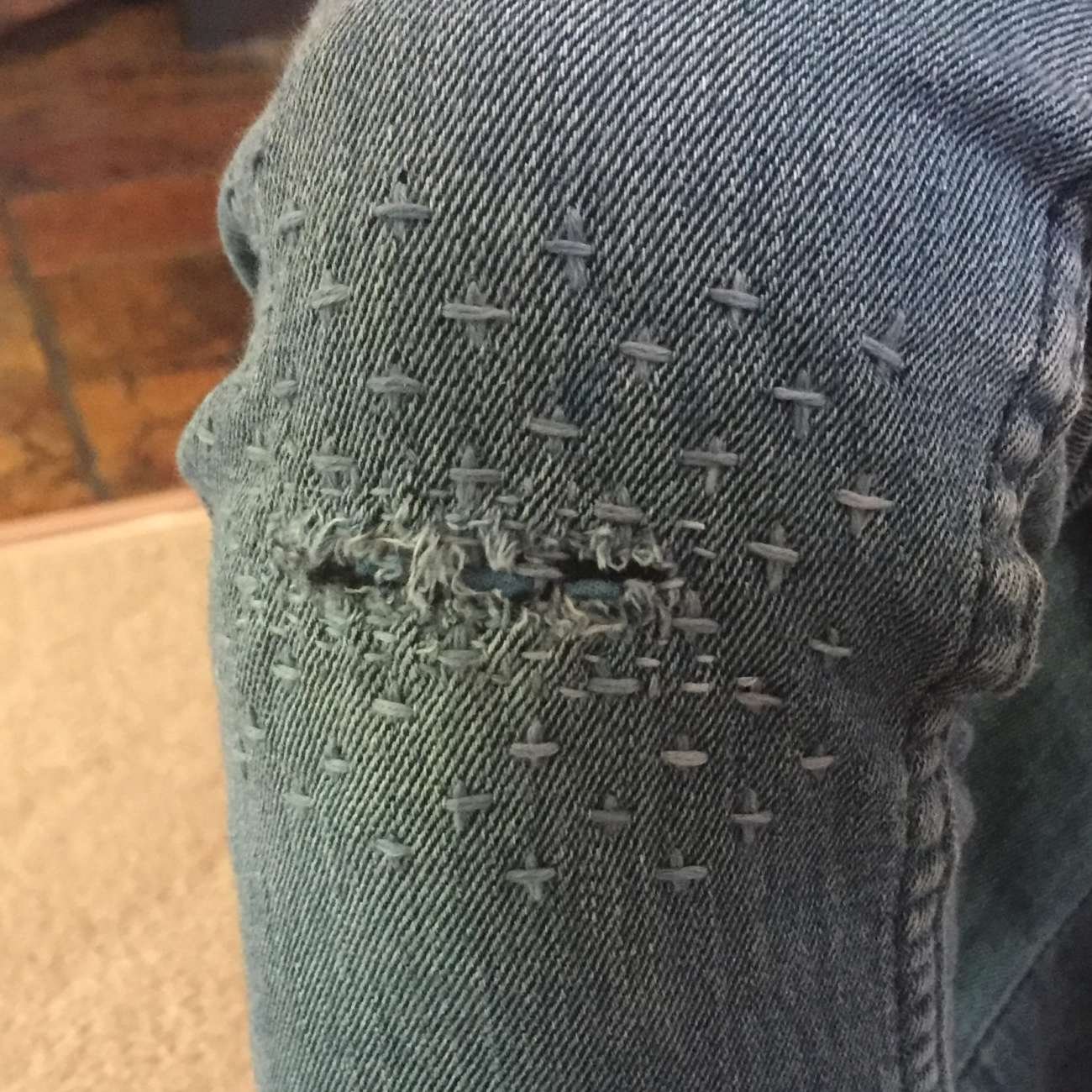
Needlework tips and tricks. One of the first things to consider when starting a needlework project is selecting the right materials. The type of fabric, thread, and needle you choose can greatly impact the outcome of your design. For example, if you’re working on a delicate piece with fine details, you may want to opt for a finer fabric such as linen or even silk. These fabrics have a tighter weave, allowing for more precise stitching.
Similarly, the choice of thread can make a significant difference in the final result. There are various types of thread available, including cotton, silk, and metallic threads. Each type has its own unique characteristics and uses. Cotton thread is commonly used for general stitching and is available in a wide range of colors. Silk thread, on the other hand, is known for its lustrous appearance and is often used for decorative stitching or embroidery. Metallic threads can add a touch of sparkle and are perfect for creating eye-catching accents.
Once you’ve selected your materials, it’s essential to prepare your fabric before starting the actual stitching. This involves washing and ironing the fabric to remove any wrinkles or creases. It’s also a good idea to use a hoop or a frame to hold your fabric taut while you work. This helps to ensure even tension and prevents the fabric from puckering or distorting.
Another crucial aspect of needlework is choosing the right needle for the job. Needles come in various sizes and types, such as embroidery needles, tapestry needles, and beading needles. The size of the needle depends on the fabric and thread you’re using, as well as the type of stitch you’ll be working on. Generally, a smaller needle is suitable for finer fabrics and stitches, while a larger needle is better for thicker fabrics or more substantial stitches.
Once you have your materials and tools ready, it’s time to start stitching. One helpful tip is to always start with a clean and organized workspace. This will not only make it easier to find your supplies but also prevent any accidental spills or damage to your work. It’s also a good idea to have a small tray or container to hold your needles and thread, so they’re easily accessible.
As you begin stitching, it’s important to maintain good posture and hand positioning. Sitting in a comfortable chair with good back support and keeping your wrists relaxed can help prevent strain or fatigue. Holding the needle correctly is also essential. The most common grip is the pencil grip, where you hold the needle between your thumb and index finger. This allows for better control and precision while stitching.
Finally, practice makes perfect when it comes to needlework. Don’t be discouraged if your first few stitches don’t turn out as expected. With time and practice, you’ll develop your own unique style and improve your skills. Experiment with different stitches, patterns, and techniques to expand your repertoire and create stunning needlework pieces.
In conclusion, needlework is a versatile and rewarding craft that allows you to express your creativity and create beautiful designs. By following these essential tips and tricks, you’ll be well on your way to mastering the art of needlework and creating stunning pieces that you can cherish for years to come.
1. Choose the Right Supplies
Before you start any needlework project, it’s important to have the right supplies on hand. This includes selecting the appropriate needle, thread, fabric, and any additional tools or accessories that may be needed for your specific project.
When choosing a needle, consider the type of needlework you will be doing. There are different types of needles available, such as embroidery needles, tapestry needles, and beading needles. Each type has its own unique features and is designed for specific techniques.
For example, embroidery needles have a sharp point and a long eye, making them ideal for stitching on fabric. Tapestry needles, on the other hand, have a blunt tip and a large eye, which allows for easy threading of thicker threads and yarns. Beading needles are very fine and flexible, making them perfect for adding beads and sequins to your needlework.
Similarly, selecting the right thread is crucial. The type of thread you choose will depend on the fabric you are working with and the desired effect you want to achieve. Cotton thread is commonly used for embroidery, while silk thread is often used for more delicate projects. Polyester thread is a good option for projects that require durability, as it is strong and resistant to fading.
When it comes to fabric, there are a wide variety of options to choose from. Cotton and linen are popular choices for embroidery, as they are durable and easy to work with. Silk and satin are often used for more luxurious projects, while wool and felt are great for creating textured designs. Experiment with different fabrics to find the ones that work best for your projects.
In addition to needles, thread, and fabric, there are a few other tools and accessories that can make your needlework experience more enjoyable. A good pair of embroidery scissors is essential for cutting thread and trimming fabric. A thimble can protect your finger from getting pricked by the needle. Embroidery hoops or frames can help keep your fabric taut and prevent it from puckering. And don’t forget about embroidery patterns or designs, which can provide inspiration and guidance for your projects.
By choosing the right supplies for your needlework projects, you’ll be setting yourself up for success. Take the time to explore different options and find the tools and materials that work best for you. With the right supplies in hand, you’ll be ready to embark on your needlework journey and create beautiful, one-of-a-kind pieces.
2. Practice Proper Stitching Techniques
Mastering proper stitching techniques is essential for achieving clean and professional-looking needlework. Here are a few tips to keep in mind:
- Start with a knot: Before you begin stitching, make sure to secure the thread with a knot to prevent it from unraveling. This simple step will save you from frustration and ensure that your stitches stay in place.
- Use the right tension: Maintaining the correct tension on your thread is crucial for achieving neat and even stitches. Too loose, and your stitches may sag, resulting in a sloppy appearance. On the other hand, if your tension is too tight, your fabric may pucker, distorting the design. Experiment with different tensions until you find the sweet spot that works best for you.
- Keep your stitches even: Aim for even and consistent stitches throughout your project. Irregular stitches can be distracting and take away from the overall aesthetic of your needlework. To achieve even stitches, pay attention to the spacing between each stitch and the length of each stitch. Practicing on a scrap piece of fabric can help you refine your technique and achieve the desired result.
- Practice different stitch types: Familiarize yourself with various stitch types, such as running stitch, backstitch, satin stitch, and French knots. Each stitch has its own unique purpose and effect. Experimenting with different stitch types will not only expand your repertoire but also allow you to add texture and dimension to your needlework. Whether you’re working on a delicate floral design or a bold geometric pattern, having a variety of stitch techniques at your disposal will enable you to bring your vision to life.
Remember, practice makes perfect. The more you practice these stitching techniques, the more proficient you will become. Over time, you will develop your own style and finesse, allowing you to create beautiful and intricate needlework that showcases your creativity and skill.
3. Take Care of Your Needlework Tools
Proper maintenance of your needlework tools is essential for their longevity and optimal performance. Here are a few tips to help you take care of your tools:
- Keep your needles and pins sharp: Sharpen your needles and pins regularly to ensure smooth and effortless stitching. You can use a needle sharpener or a fine-grit sandpaper for this purpose. A sharp needle or pin will make it easier to pierce through fabric and create neat and precise stitches. It will also reduce the risk of snagging or damaging the fabric.
- Store your tools properly: Invest in a needlework storage case or organizer to keep your needles, threads, and other tools organized and protected from damage. Proper storage will prevent your tools from getting lost or misplaced, and it will also protect them from dust, dirt, and moisture. Additionally, consider using needle caps or covers to protect the tips of your needles when they are not in use.
- Clean your tools after each use: Remove any excess thread or fabric fibers from your needles and scissors after each project. This will prevent buildup and ensure that your tools remain in good condition. You can use a small brush or a soft cloth to gently clean the surfaces of your tools. Avoid using harsh chemicals or abrasive materials that could damage the finish or the sharpness of your tools.
- Replace worn-out tools: If your needles, scissors, or other tools become dull or damaged, don’t hesitate to replace them. Using worn-out tools can affect the quality of your needlework. Dull needles can cause frustration and uneven stitches, while damaged scissors can result in jagged or frayed edges. Regularly inspect your tools for signs of wear and tear, and replace them as needed to ensure that you always have the best tools for your projects.
By following these simple tips, you can ensure that your needlework tools remain in excellent condition and provide you with many years of enjoyable stitching. Taking care of your tools will not only improve your stitching experience but also help you achieve better results in your needlework projects.
4. Experiment with Different Techniques
Needlework offers a wide range of techniques and styles to explore. Don’t be afraid to step out of your comfort zone and experiment with different techniques to expand your skills. Trying out new techniques can be a thrilling experience, as it allows you to discover the endless possibilities that needlework has to offer.
One technique that you can explore is embroidery. Embroidery involves decorating fabric with a needle and thread, creating intricate designs and patterns. This technique allows you to add a personal touch to your projects by incorporating unique stitches and thread colors.
Another technique to consider is cross-stitch. Cross-stitch is a form of embroidery that uses X-shaped stitches to create a design. It is often done on even-weave fabric, such as Aida cloth or linen. Cross-stitch patterns can range from simple and geometric to elaborate and detailed, making it a versatile technique to experiment with.
If you’re interested in creating garments or accessories, knitting is a technique worth exploring. Knitting uses two or more needles to create fabric by interlocking loops of yarn. With knitting, you can create cozy sweaters, stylish scarves, and intricate lace patterns.
For those who prefer working with a single hook, crochet is a technique that offers endless possibilities. Crochet uses a hook to create fabric by pulling loops of yarn through other loops. This technique allows you to create intricate lacework, cozy blankets, and even three-dimensional sculptures.
If you have a passion for sewing, quilting is a technique that can take your needlework to the next level. Quilting involves sewing together layers of fabric to create a padded material, often used for blankets or decorative items. With quilting, you can experiment with different patterns, colors, and textures to create unique and personalized quilts.
By exploring different techniques, you can discover new ways to express your creativity and create unique needlework pieces. Whether you’re drawn to the delicate art of embroidery, the precise stitches of cross-stitch, the versatility of knitting and crochet, or the intricate designs of quilting, there’s a technique out there waiting for you to explore. So, embrace the opportunity to try something new and let your needlework journey unfold with endless possibilities.
5. Join a Needlework Community
Connecting with other needlework enthusiasts can be a great way to learn new techniques, get inspiration, and share your work. Consider joining a local needlework group or an online community where you can interact with fellow needleworkers.
Needlework communities often organize workshops, classes, and events where you can learn from experienced needleworkers. They can also provide valuable feedback and support as you progress in your needlework journey.
Additionally, participating in needlework challenges or swaps can motivate you to try new techniques and push your creative boundaries.
When you join a needlework community, you not only gain access to a wealth of knowledge and resources, but you also become part of a supportive network of individuals who share your passion. These communities are often filled with people who are eager to share their expertise and help others improve their skills. Whether you are a beginner or an experienced needleworker, there is always something new to learn and discover.
Local needlework groups offer the opportunity to meet fellow enthusiasts in person. You can attend regular meetings, where you can exchange ideas, ask questions, and receive guidance from more experienced members. Many groups also organize group projects, where members collaborate on larger-scale needlework pieces. This collaborative environment allows you to learn from others and gain valuable insights into different techniques and approaches.
If you prefer the convenience of online communities, there are numerous platforms dedicated to needlework. These platforms provide forums, chat rooms, and social media groups where you can connect with needleworkers from all over the world. You can share photos of your work, seek advice, and engage in discussions about various needlework topics. Online communities also offer the advantage of being accessible at any time, allowing you to connect with fellow needleworkers regardless of your location or schedule.
Furthermore, needlework communities often organize workshops and classes conducted by experienced needleworkers. These events provide the opportunity to learn new techniques, refine your skills, and gain insights from experts in the field. Workshops may focus on specific aspects of needlework, such as embroidery stitches, cross-stitch patterns, or knitting techniques. Participating in these workshops not only enhances your skills but also allows you to connect with like-minded individuals who share your enthusiasm for needlework.
Finally, needlework challenges and swaps are popular activities within needlework communities. Challenges often involve creating a piece of needlework based on a specific theme or using a particular technique. These challenges encourage you to step out of your comfort zone, experiment with new ideas, and showcase your creativity. Swaps, on the other hand, involve exchanging handmade needlework items with other members of the community. Participating in swaps allows you to receive unique needlework pieces from other talented individuals while sharing your own creations.
In conclusion, joining a needlework community offers numerous benefits for needlework enthusiasts. Whether you opt for a local group or an online community, you will have the opportunity to learn, share, and grow as a needleworker. The support, knowledge, and inspiration gained from these communities can significantly enhance your needlework journey and help you develop your skills to new heights.

